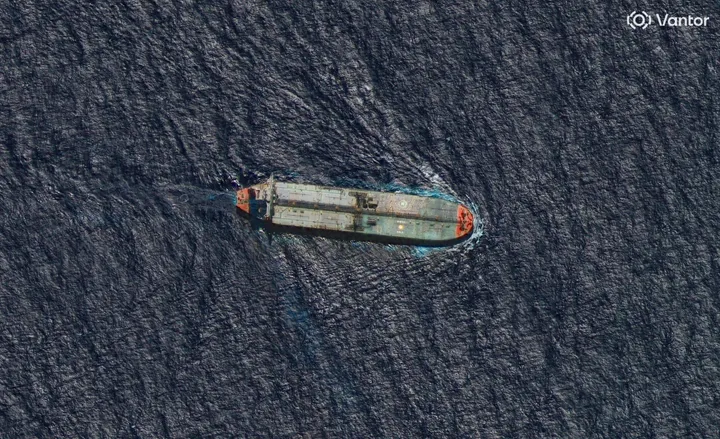Photos of dead animals and large sea mammals with plastic waste in their bellies show up regularly on our social media timelines but how often are we ingesting plastics when we eat popular seafood?
Apparently a fair bit. Scientists from the University of Exeter and the University of Queensland have found plastic traces in almost all sea oysters, prawns, squid, crabs, and sardines bought from a market in Australia. The seafood contained polyvinyl chloride, polystyrene, polyethylene, polypropylene and poly (methyl methacrylate), the University of Exeter reported.
The tests showed plastic levels of 0.04 mg per gram of tissue in squid, 0.07 mg in prawns, 0.1 mg in oysters, 0.3 mg in crabs, and 2.9 mg in sardines, which is the highest.
Just to illustrate, polyvinyl chloride, which was found in all the seafood samples, is a plastic commonly known as PVC or vinyl. It is considered sturdy enough to use in construction products as well as toys.
Sardines with a side of plastic
"Considering an average serving, a seafood eater could be exposed to approximately 0.7 mg of plastic when ingesting an average serving of oysters or squid, and up to 30 mg of plastic when eating sardines, respectively," said lead author Francisca Ribeiro, a QUEX Institute PhD student.
"For comparison, 30 mg is the average weight of a grain of rice. Our findings show that the amount of plastics present varies greatly among species, and differs between individuals of the same species," Ribeiro said.
"From the seafood species tested, sardines had the highest plastic content, which was a surprising result."
READ MORE:Is the pandemic setting us back in the fight against plastic?
The study further revealed that among the five plastic types tested, polyethylene was found in the highest concentrations and PVC was found in all samples.
GI tract contamination
Scientists said a possible source of plastic contamination in the sardines may be the potential transfer of microplastics from the GI tract to flesh during food processing and handling.
Microplastics refers to plastic particles that measure less than five millimetres.
As most microplastics are found in the GI tract of fish, it is expected that gutting would decrease microplastics' exposure, unless gutting is carried out incorrectly, they said.
"There are no studies that we are aware of the fate of microplastics during seafood handling and processing to be able to evaluate this," the study said.
Scientists said the contamination of seafood can also be originating from the surrounding environment where the tested species were caught.
It is possible that contamination could also occur from airborne particles, machinery, equipment, and textiles, handling, and/or from fish transport, they said.
READ MORE:Uruguayan project uses virtual money to encourage plastic recycling
Affect on humans
Previous studies have shown that people take plastics into their bodies from bottled water to sea salt, beer, and honey as well as seafood.
However, since research into microplastics is new, there is not yet enough data to understand exactly how microplastics are affecting human health.
Co-author Professor Tamara Galloway, of Exeter's Global Systems Institute, said, "We do not fully understand the risks to human health of ingesting plastic, but this new method will make it easier for us to find out."
READ MORE: Thai deer found dead with 'plastic bags and underwear' in stomach
READ MORE: Sperm whale washed up in Indonesia had plastic bottles, bags in stomach
























